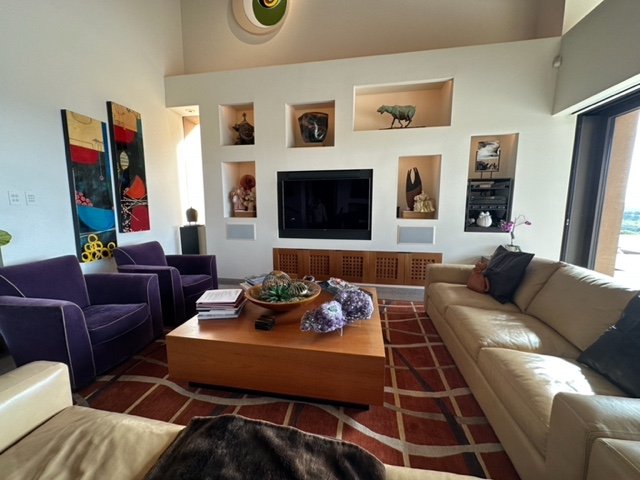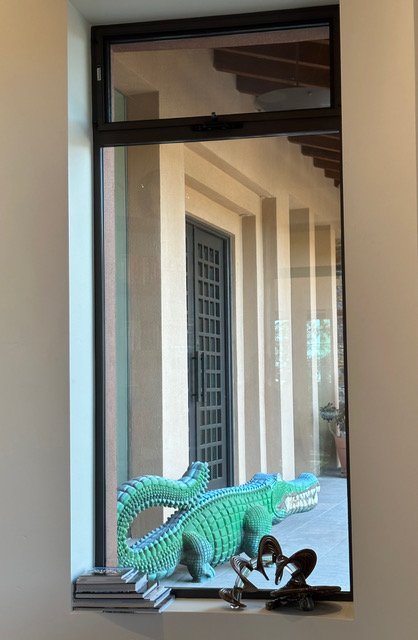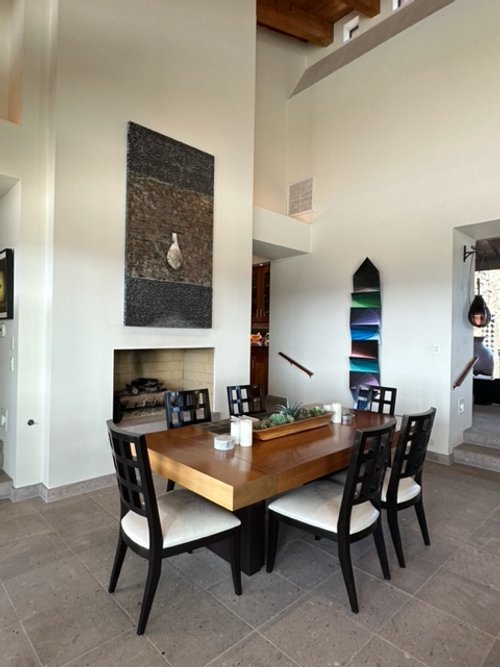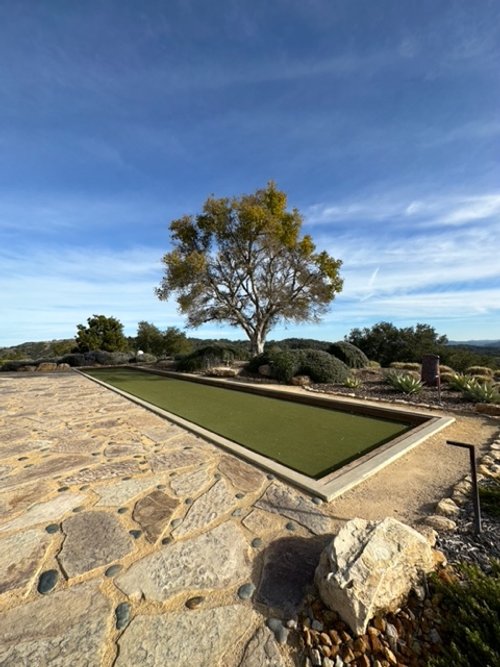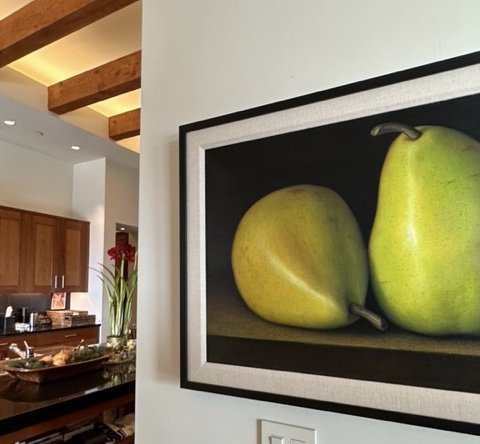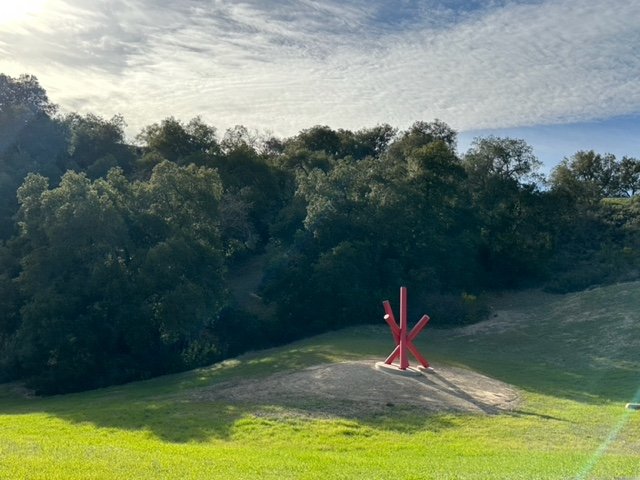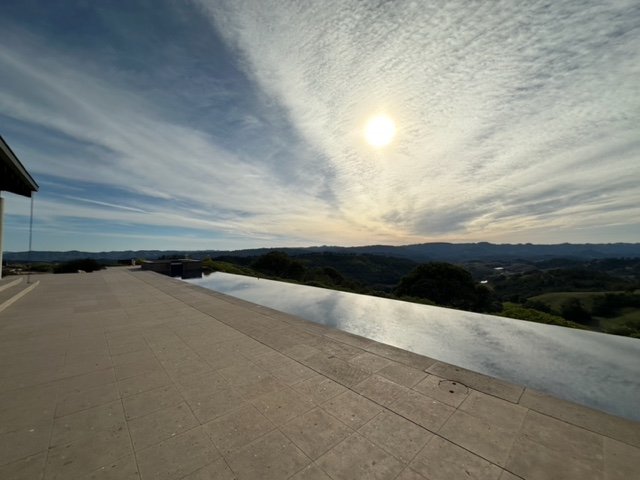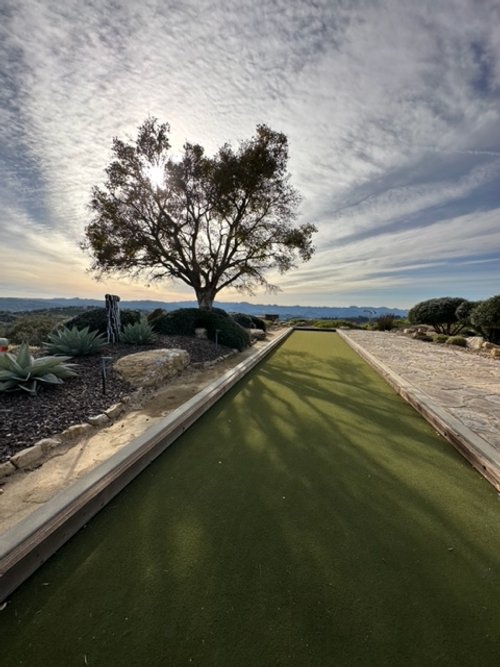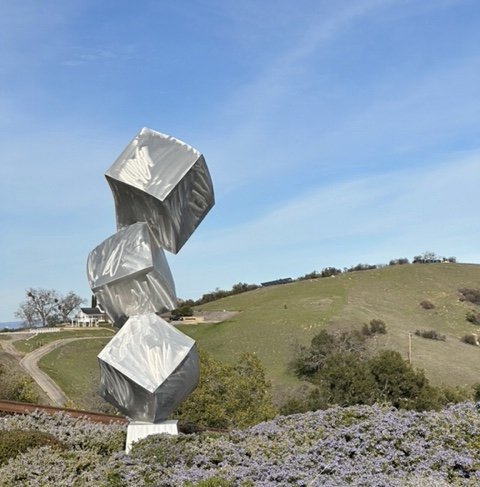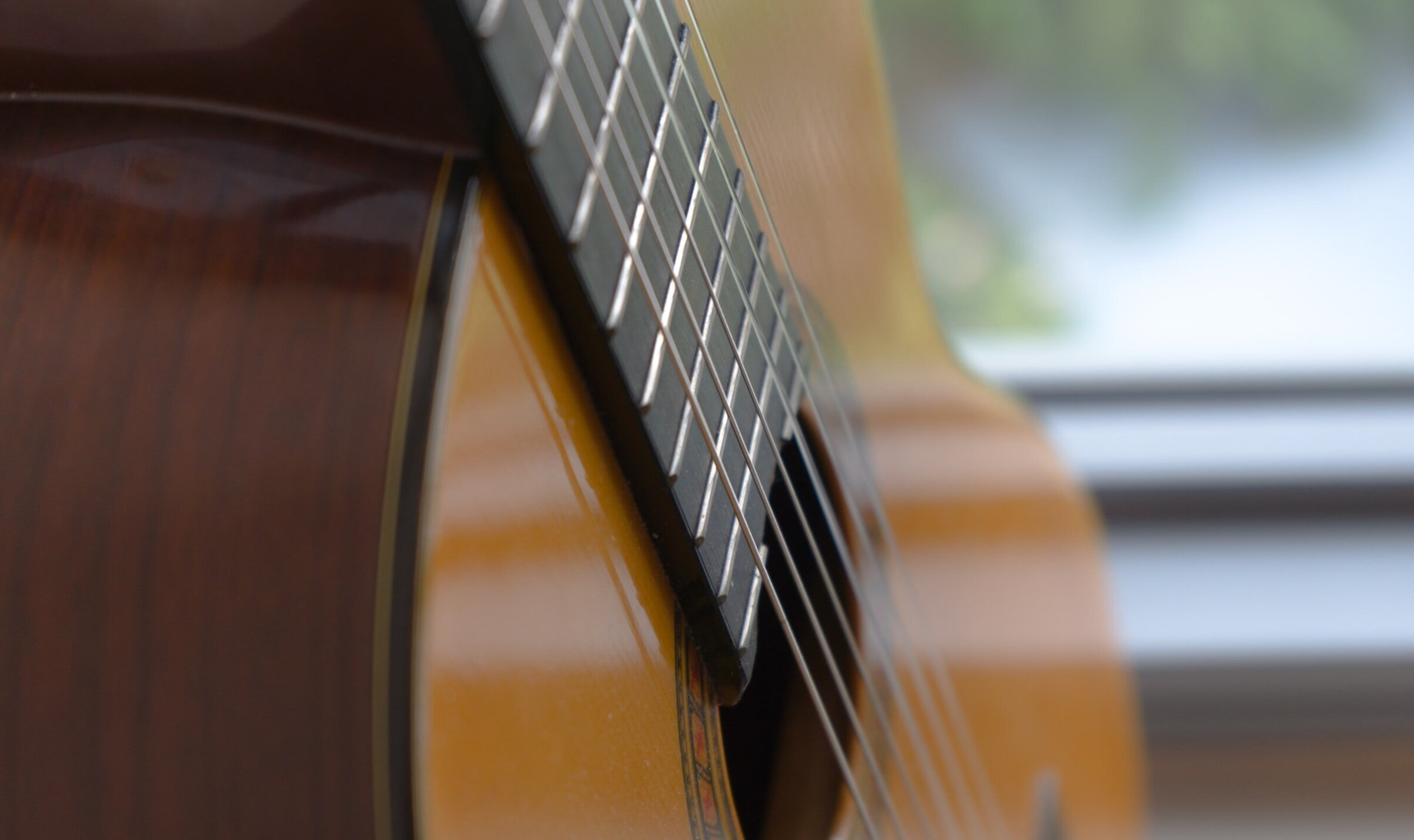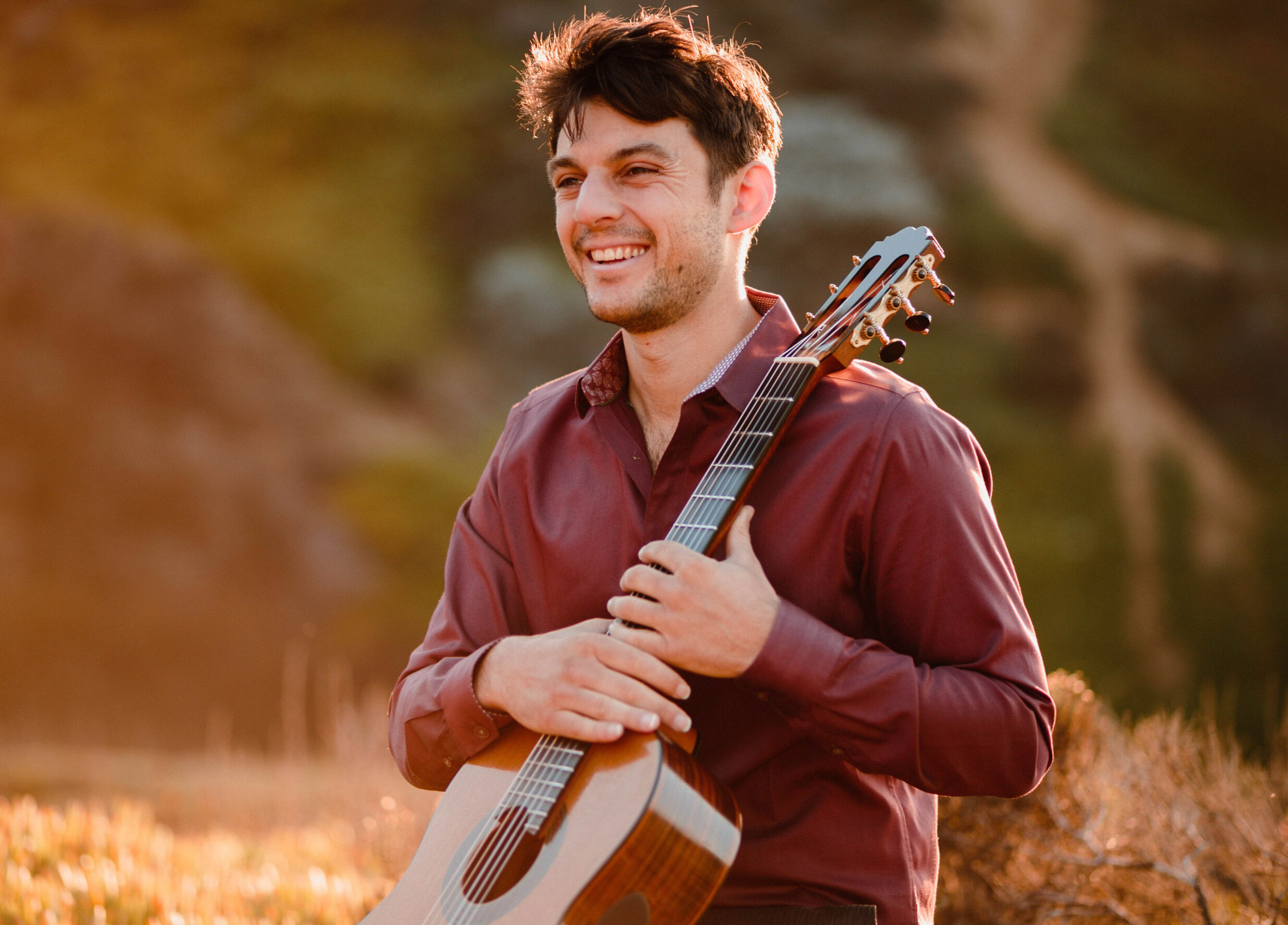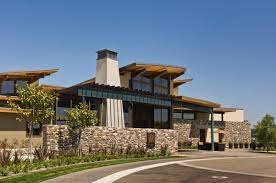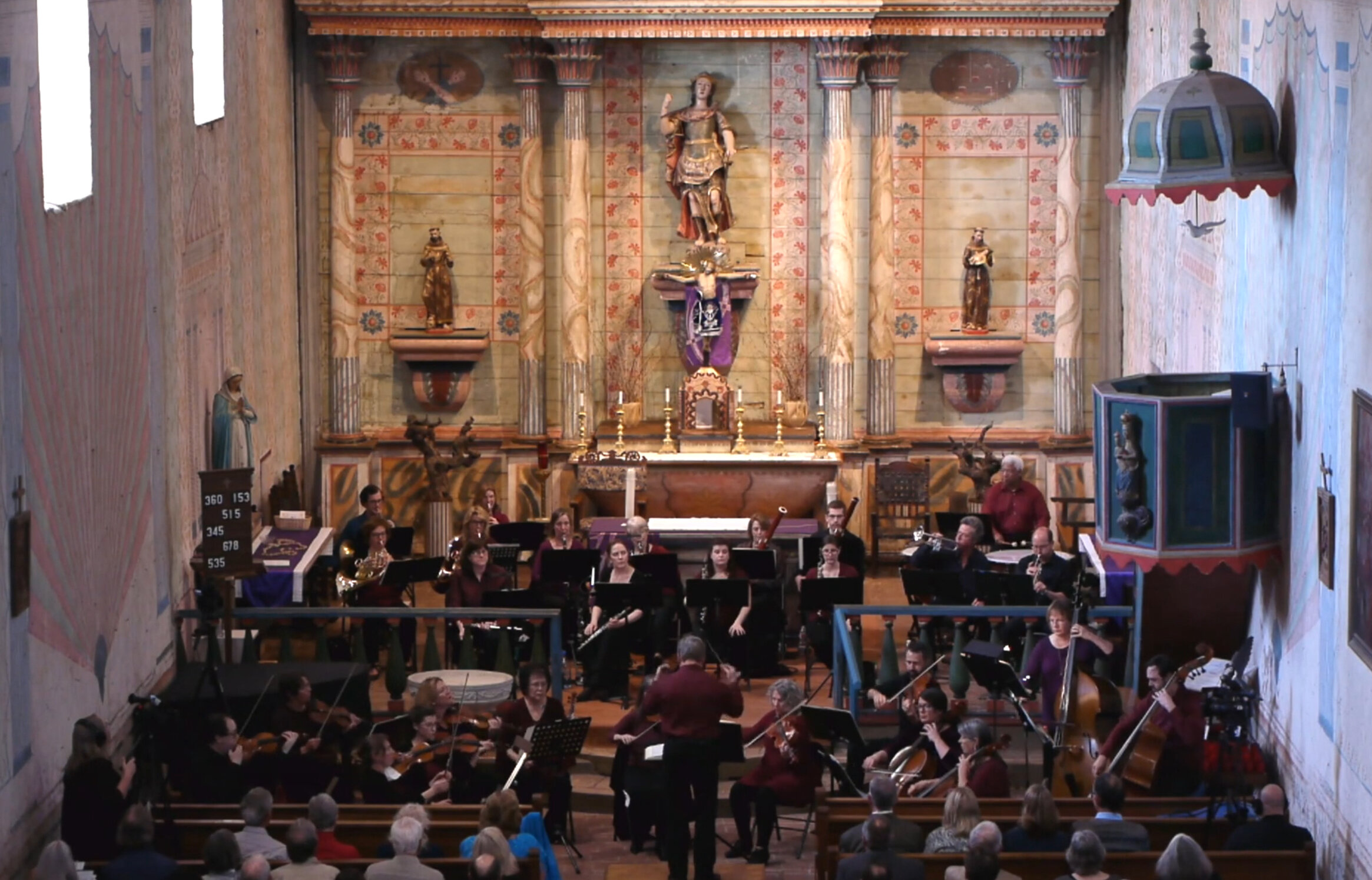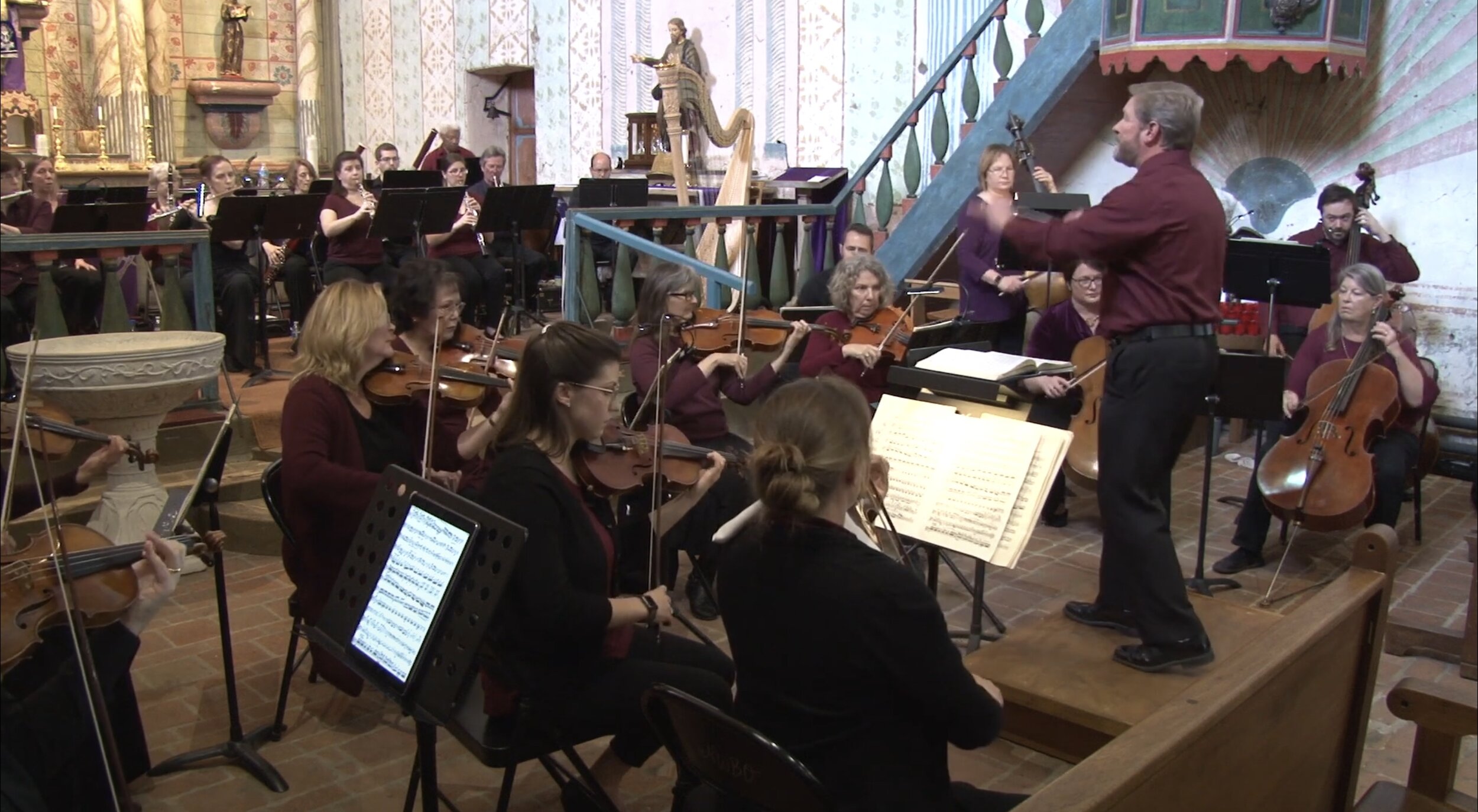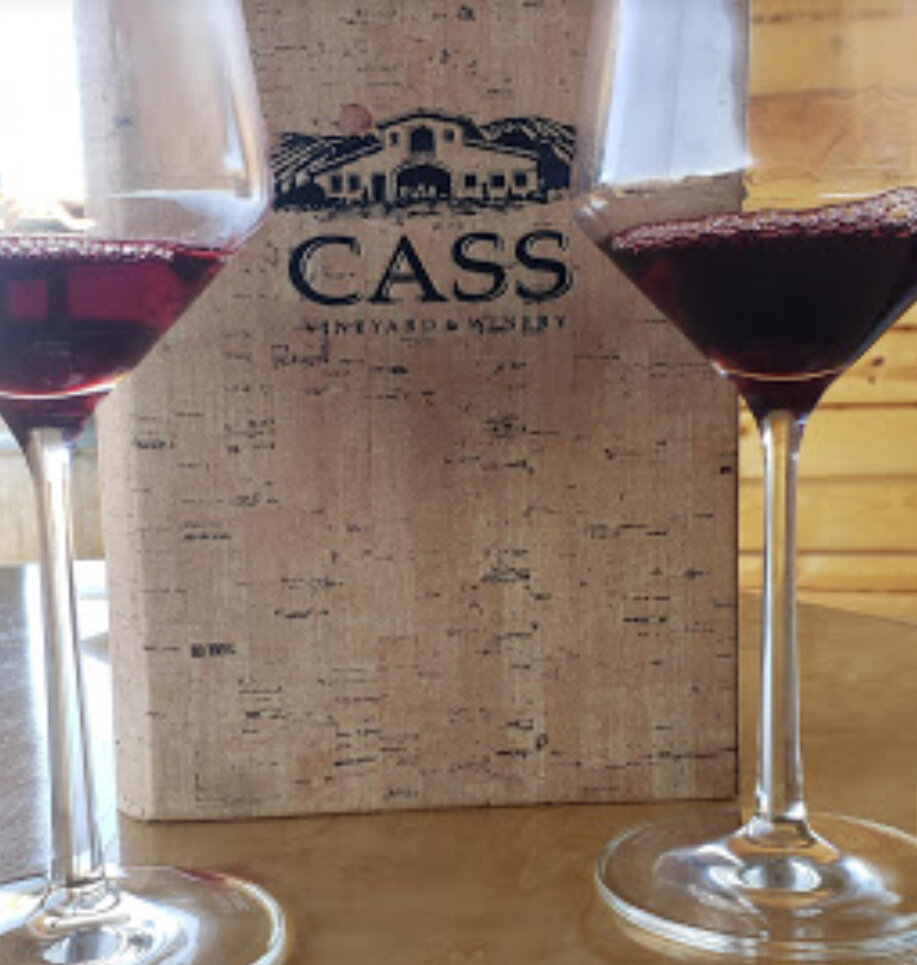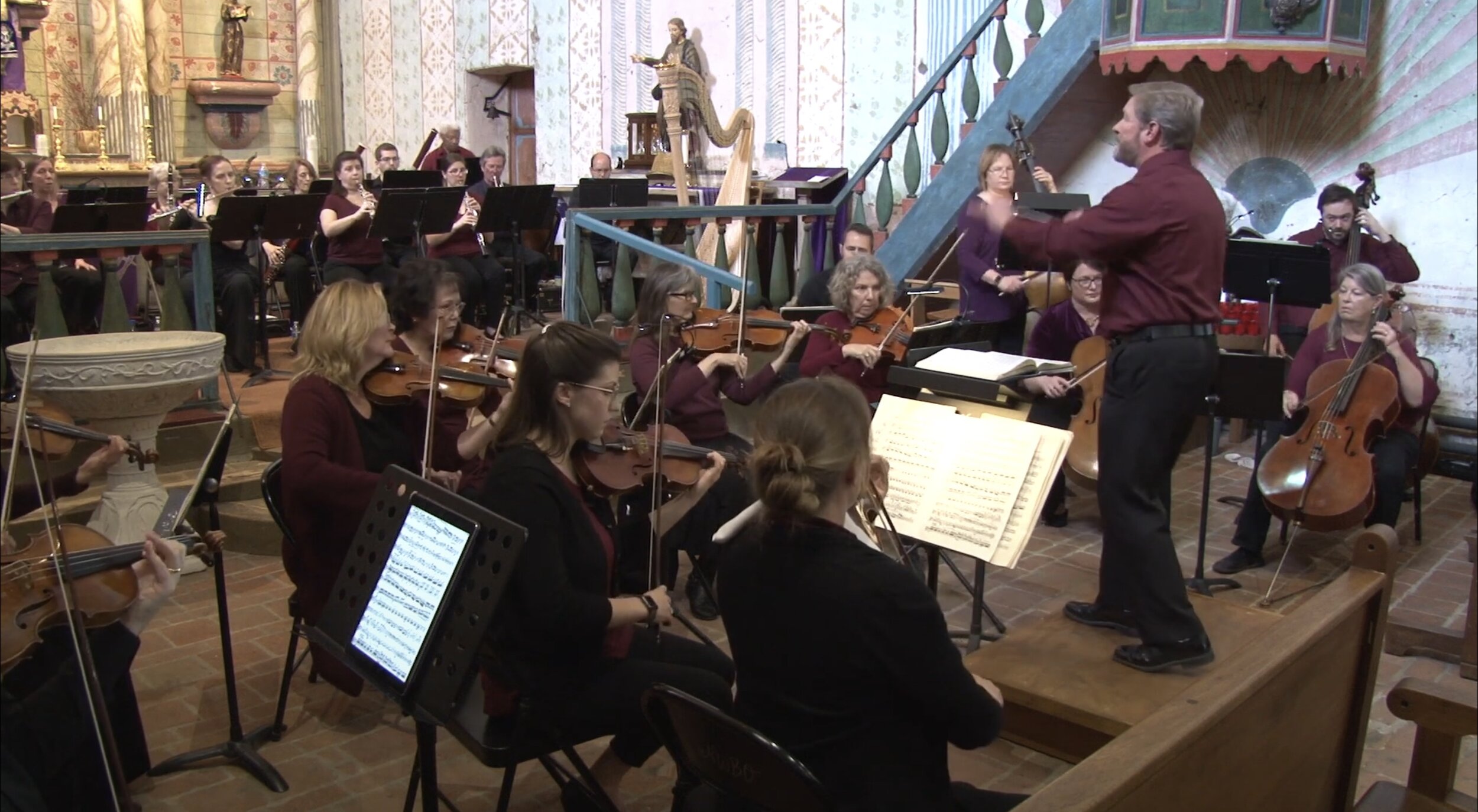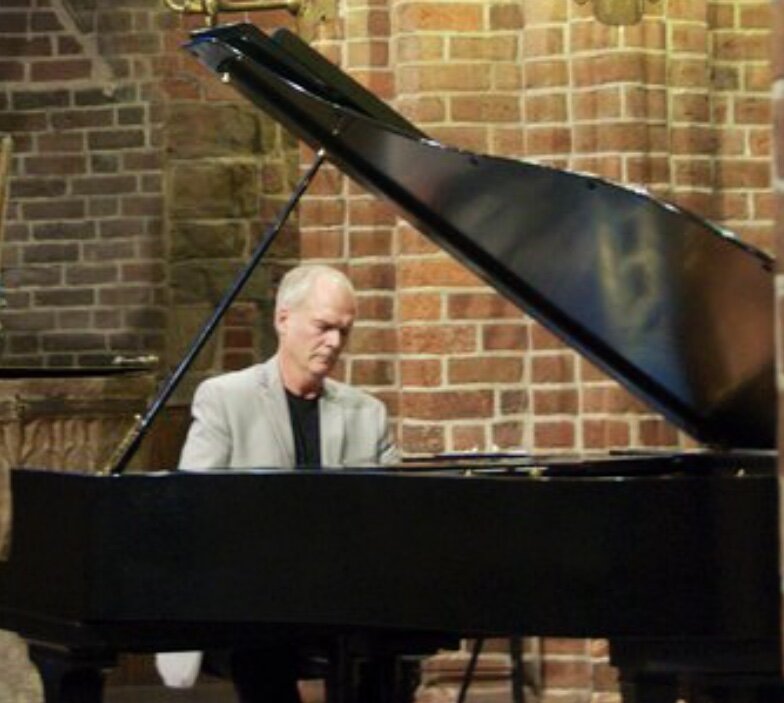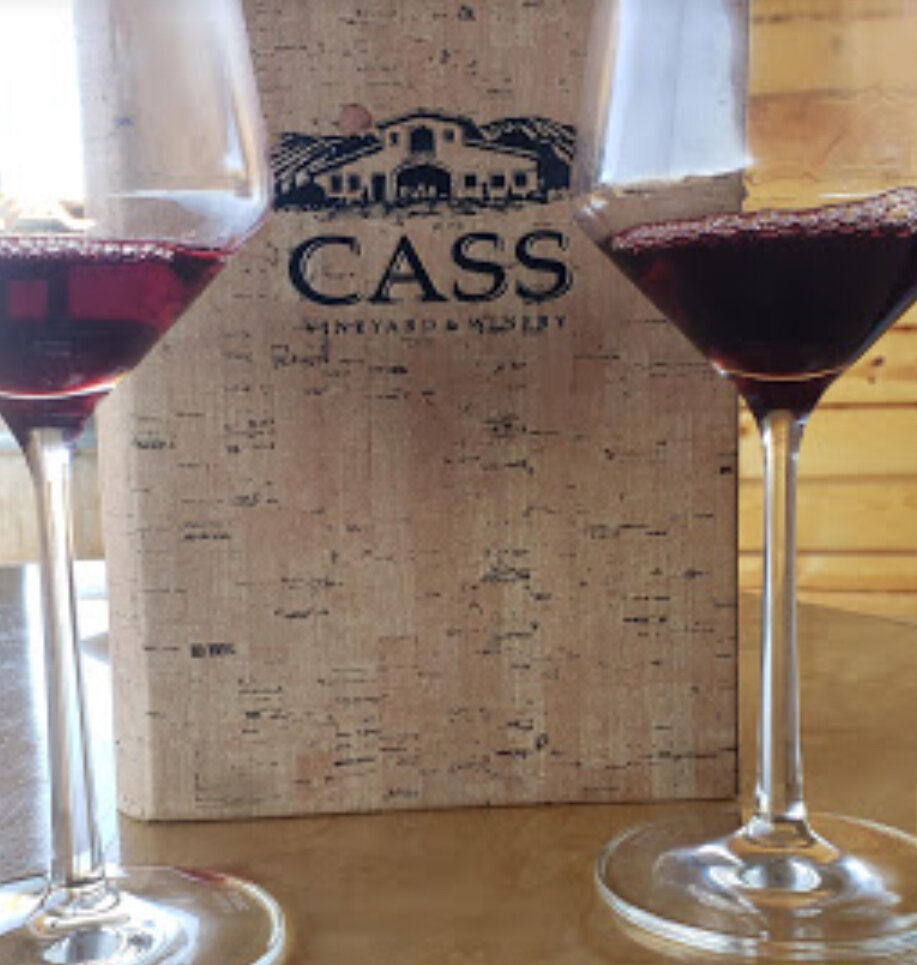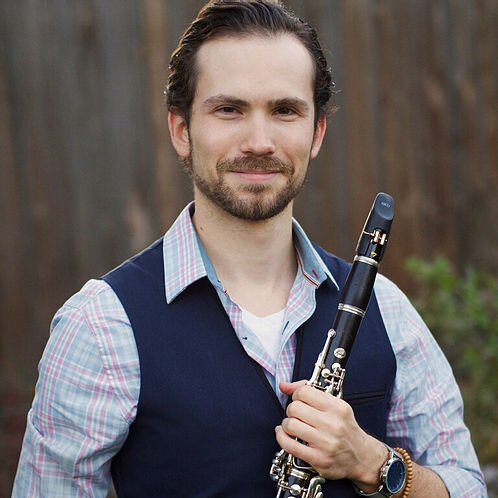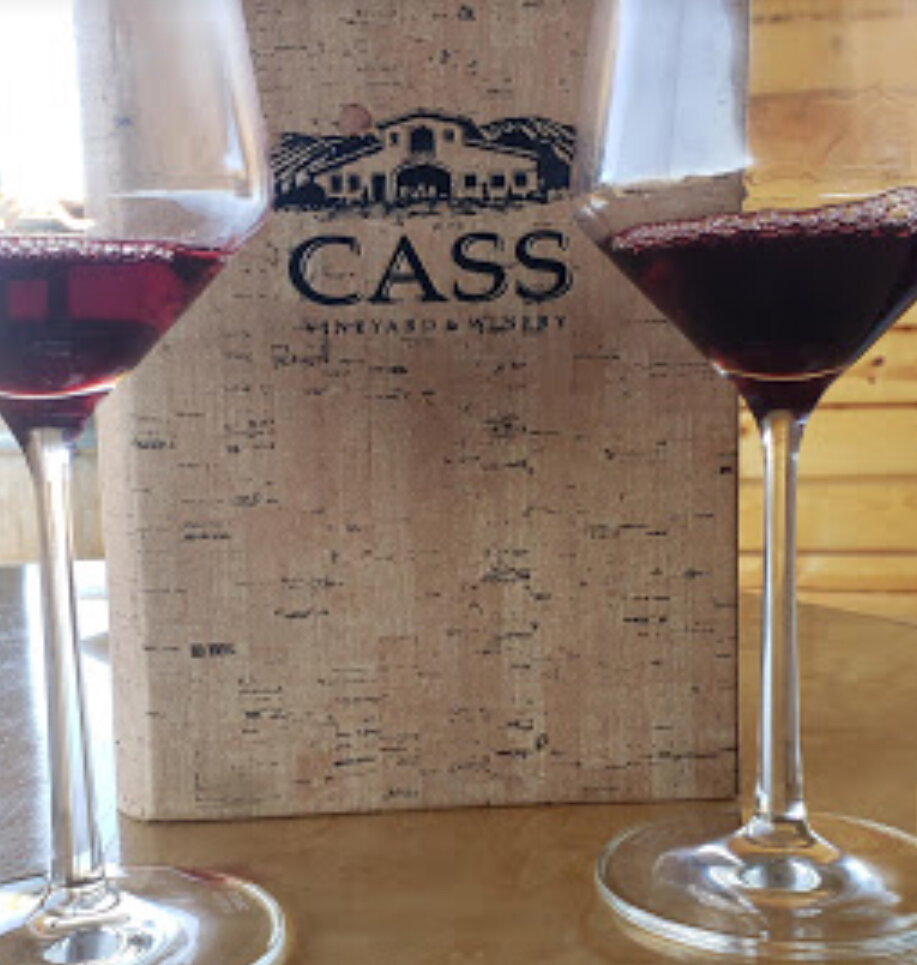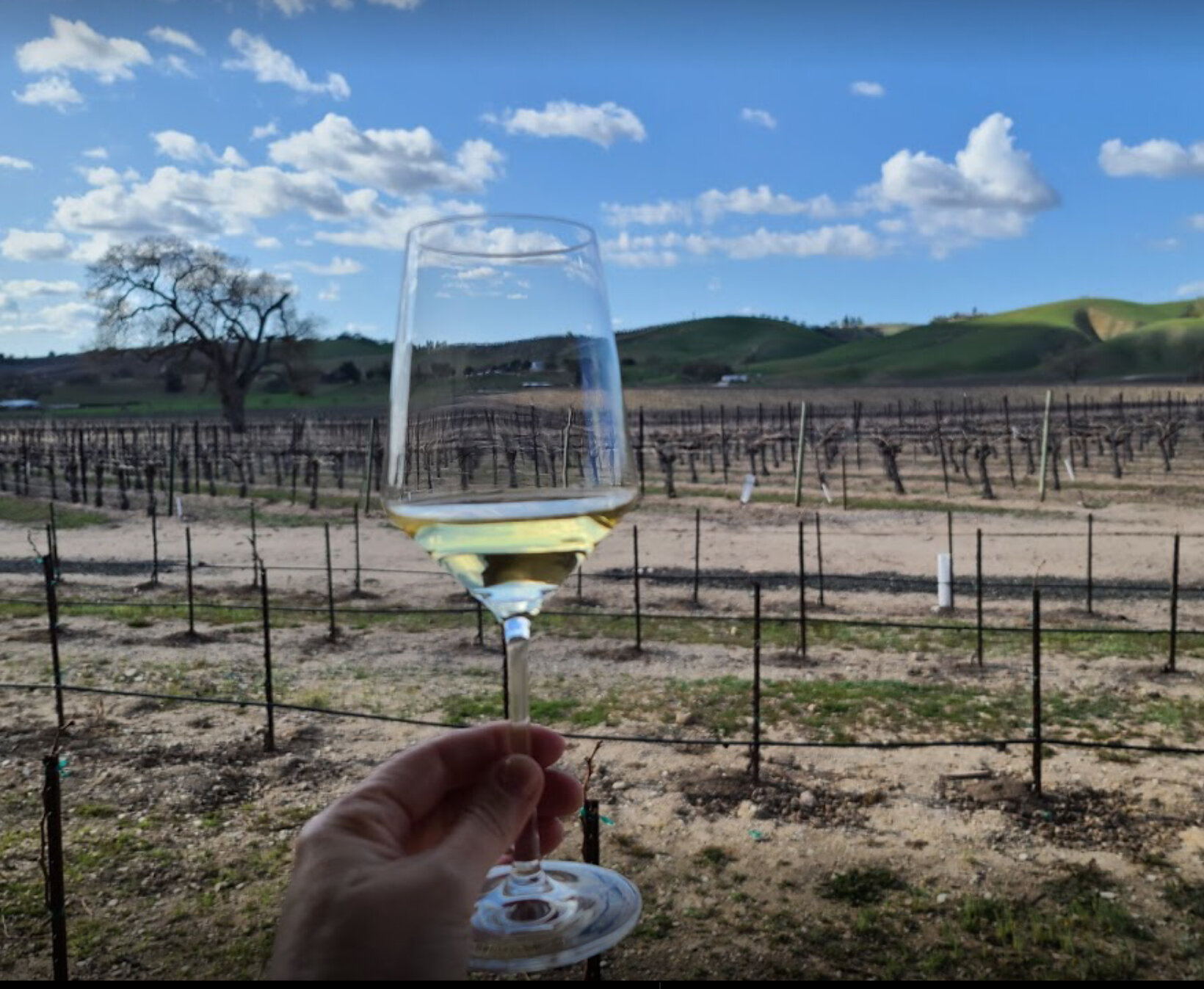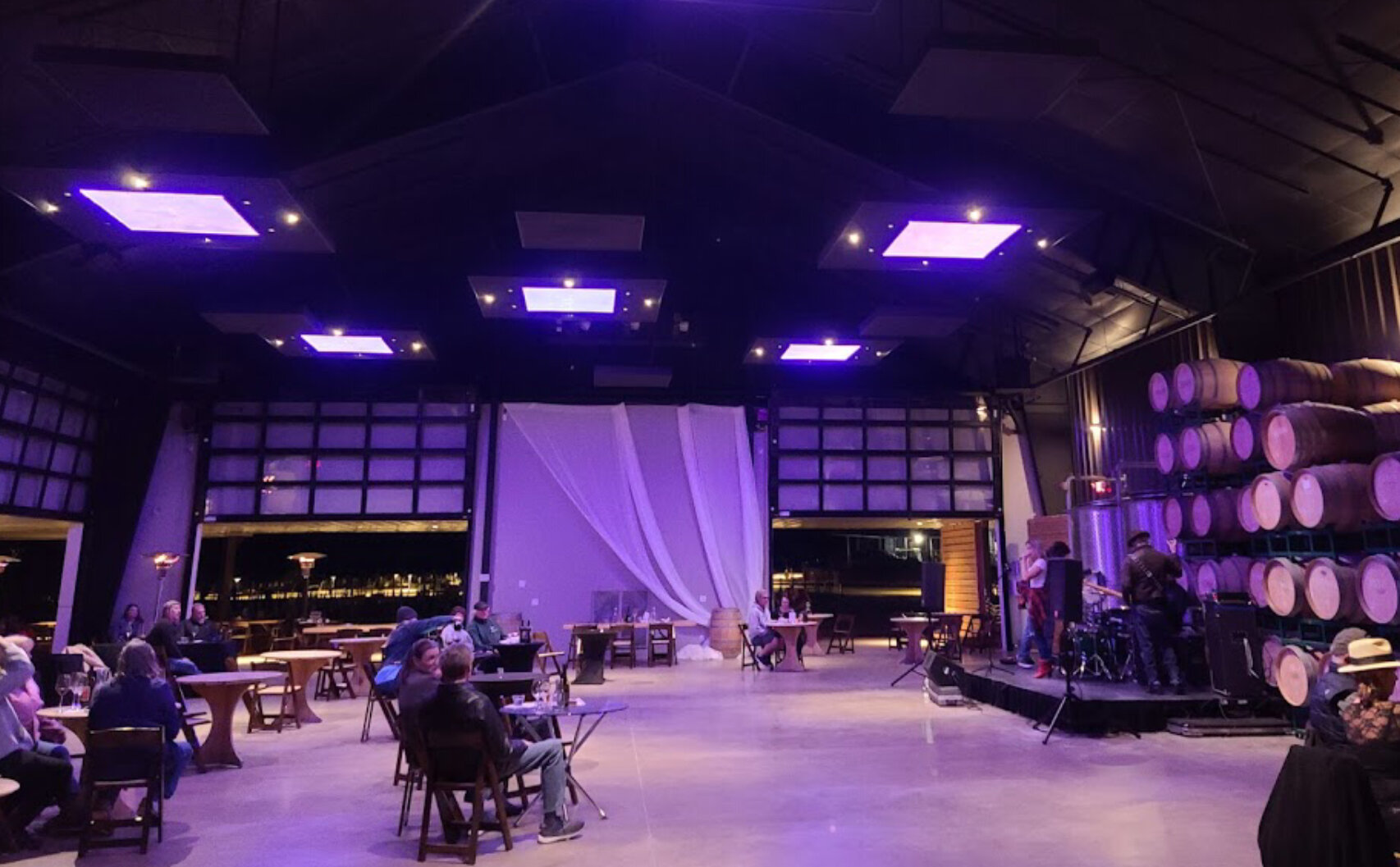
Upcoming events.
String Sensations
Symphony of the Vines at Mission San Miguel
Sigfried Idyll Wagner
Fantasia on a Theme by Thomas Tallis Vaughan-Williams
Symphony no. 39 Mozart
Cello and Piano
Cello and Piano Recital at Studios on the Park
Hilary Clark, cello
Rebecca McClaflin, piano
Beethoven’s 4th and 8th
Symphony of the Vines at Mission San Miguel
Symphony no. 4 Beethoven
Symphony no. 8 Beethoven
Baroque Bliss
Baroque Music in the Mission
Assorted works by Bach, Handel, Telemann and more.
Grace Seng, violin
Hilary Clark, cello
Jessica Hoffman, oboe
Gregory Gorrindo, tenor
Susan Davies, harpsichord
For the Birds
Season Finale
The Birds Ottorino Respighi
The Lark Ascending Ralph Vaughan Williams
Song of the Birds Pablo Casals
Symphony No. 83, “The Hen” Franz Joseph Haydn
Alejandra Moreno-Gonzalez, violin soloist
Horn Hijinks
Horns and Strings
Mozart Quintet for Horn and Strings
Beethoven Sextet for 2 Horns and Strings
Schubert String Quartet "Death and the Maiden"
Jason Beaumont and Greg Magie, horns
Tony Navarro and Grace Seng, violins
Emily Gilman, viola
Hilary Clark, cello
Fierce Fingerings
Classical Guitar and Strings
Special guest Jack Cimo, classical guitarist, joins Symphony of the Vines' own Tony Navarro, violin, and Hilary Clark, cello.
*Please note: this performance will take place in the Banquet Room adjacent to Cass Café
Timeless Classics
Symphony of the Vines at Mission San Miguel
Dumbarton Oaks Concerto Igor Stravinsky
Cello Concerto No. 1 Franz Joseph Haydn
Symphony No. 5 Franz Schubert
Hilary Clark, cello soloist
Fantaisie Française
Piano Trio
Symphony of the Vines presents a delightful assortment of French chamber music.
Francis Poulenc Sonata for Violin and Piano
César Franck Sonata in A minor (version for Cello and Piano)
Ernest Chausson Piano Trio
Tony Navarro, violin
Hilary Clark, cello
Jacopo Giacopuzzi, piano
Arctic Chill
Symphony of the Vines at Mission San Miguel
Symphony of the Vines presents Scandinavian masterworks. Featuring Marley Eder, flute soloist.
Peer Gynt Suite No. 1 Edvard Grieg
Flute Concerto Carl Nielsen
Symphony No. 5 Jean Sibelius
Scintillating Strings
Momentous Works for String Quintet and Sextet
Symphony of the Vines season opener featuring Franz Schubert's monumental String Quintet in C major, considered one of the finest chamber music works of all time. Program also includes the beautiful B-flat major string sextet by Johannes Brahms.
Tony Navarro and Daniel Muñoz, violins
Emily Gilman and Bridget Boland, violas
Katrina Agate and Hilary Clark, cellos
Baroque Jubilation
Symphony of the Vines at Mission San Miguel
Maestro Magie leads the orchestra. Works by Vivaldi, Bach, Handel, and others.
Celebrate the Arts
Fabulous Fundraising Event
Enjoy an afternoon of music, visual arts, fine wine and gourmet hors d’oeuvres at the exquisite west Paso Robles hilltop home of Ken and Marilyn Riding, local champions of the arts.
Participate in an exciting silent auction of items including aerial tours of the central coast, wine selections, tasting opportunities and pairings, and graphic art.
Special guest performance by outstanding and award winning young local pianist, Andy Shen. Additional music performed by Symphony of the Vines' principal cellist, Hilary Clark, and pianist Lynne Garrett.
Harmonious Harp
Harp Recital
Catherine Litaker, harp
Symphony of the Vines’ favorite harpist returns with a wonderfully varied program of delightful and virtuosic harp music.
Classical Artistry
Symphony of the Vines at Mission San Miguel
Maestro Magie leads the orchestra. Featuring violinist Mischa Lefkowitz as soloist.
Sinfonia Concertante for Winds and Orchestra
Mozart
Violin Concerto
Beethoven
Brilliant Brass
Symphony of the Vines Brass Quintet
Celebrate the holiday season with a lively assortment of classical and popular favorites.
Holiday Brass at Mission San Miguel
Symphony of the Vines Brass Quintet
Celebrate the holiday season with a lively assortment of classical and popular favorites. Proceeds benefit restoration of historic Mission San Miguel.
Passionate Piano
Pianist Torsten Juul-Borre returns for his celebrated annual recital
Program includes preludes by Rachmaninov and Chopin’s Fantasy in F minor.
Elegant Ensembles
Quartet and Quintet
Alejandra Moreno-Gonzales, violin
Tony Navarro, violin
Kevin Massin, viola
Hilary Clark, cello
Dmitriy Cogan, piano
Featuring outstanding pianist Andy Shen as our Student Spotlight
Piano Quartet No. 3
Johannes Brahms
Piano Quintet in A major
Antonín Dvorák

Suite Treats
Symphony of the Vines at Mission San Miguel
Maestro Magie leads the orchestra in two charming and magical suites. Also featuring cellist Hilary Clark as soloist.
Mother Goose Suite
Maurice Ravel
Pulcinella Suite
Igor Stravinsky
Cello Concerto no. 1 Dmitriy Shostakovich
Fanciful Flute
Flute, Piano, and Cello
Symphony of the Vines starts off its 13th season with a chamber music concert featuring outstanding flutist Marley Eder. Joined by Susan Davies, piano, and Hilary Clark, cello, the program will feature a variety of works, including:
Trio for Flute, Cello, and Piano
Bohuslav Martinu
Sonata for Flute and Piano
Robert Muczynski
Trois Aquarelles
Philippe Gaubert
Jack Cimo at Trilogy
Jack Cimo, guitarist
Enjoy special guest artist Jack Cimo
Local guitar virtuoso Jack Cimo collaborates with Symphony of the Vines string players for a variety of works, including the famous quintet for guitar and strings by Luigi Boccherini.
Joyful Beethoven
Ode to Joy
Beethoven at Mission San Miguel
Beethoven’s crowning achievement, and one of the most remarkable and powerful works in all the literature, the “Choral” Symphony is life-affirming and calls for unity and freedom. Performed with full chorus and four vocal soloists. An event not to be missed.
Fidelio excerpts
Ludwig van Beethoven
Symphony No. 9, “Choral”
Ludwig van Beethoven
Gallant Guitar
Jack Cimo, guitarist
Enjoy special guest artist Jack Cimo
Local guitar virtuoso Jack Cimo collaborates with Symphony of the Vines string players for a variety of works, including the famous quintet for guitar and strings by Luigi Boccherini.
Enjoy award-winning Cass wines while luxuriating in the delightful timbres of classical music.
Mighty Beethoven
Beethoven’s First and Fifth Symphonies
Beethoven at Mission San Miguel
We continue our celebration of Beethoven’s 250th anniversary with perhaps his most iconic and popular work, the Symphony No. 5. From the famous opening four note motive he creates an amazing edifice of towering genius and power.
Symphony No. 1 Ludwig van Beethoven
Marimba Concerto (world premiere) Mutsuhito Ogino
John Astaire, soloist
Symphony No. 5 Ludwig van Beethoven
Join us at lovely and historic Mission San Miguel for this powerful Symphony of the Vines performance.
Poignant Piano
Torsten Juul-Borre, piano
Piano Recital at Cass Winery
Torsten Juul-Borre will be appearing for his beloved annual piano concert the Sunday before Thanksgiving at Cass Winery in Paso Robles.
On the program will be intriguing music by two female composers from the Romantic era, Amy Beach and Fanny Mendelssohn Hensel. (Enough of those men already.) Later in the program, however, we will be hearing select pieces from renowned pianist and composer, Frederic Chopin.
Enjoy award-winning Cass wines while reveling in the dazzling sonorities of classical piano music.
Capricious Clarinet
Enjoy the Delightful Sound of the Clarinet
Off-the Vines Concert at Cass winery
Outstanding local clarinetist Richard Dobeck is featured in this Off-The-Vines concert at the stunning Cass winery. Richard is joined Dmitriy Cogan and Hilary Clark for Johannes Brahms’ trio for clarinet, cello and piano along with other pieces.
Enjoy award-winning Cass wines in a beautiful setting while being immersed in masterworks works of classical music performed with passion by Symphony of the Vines musicians.


